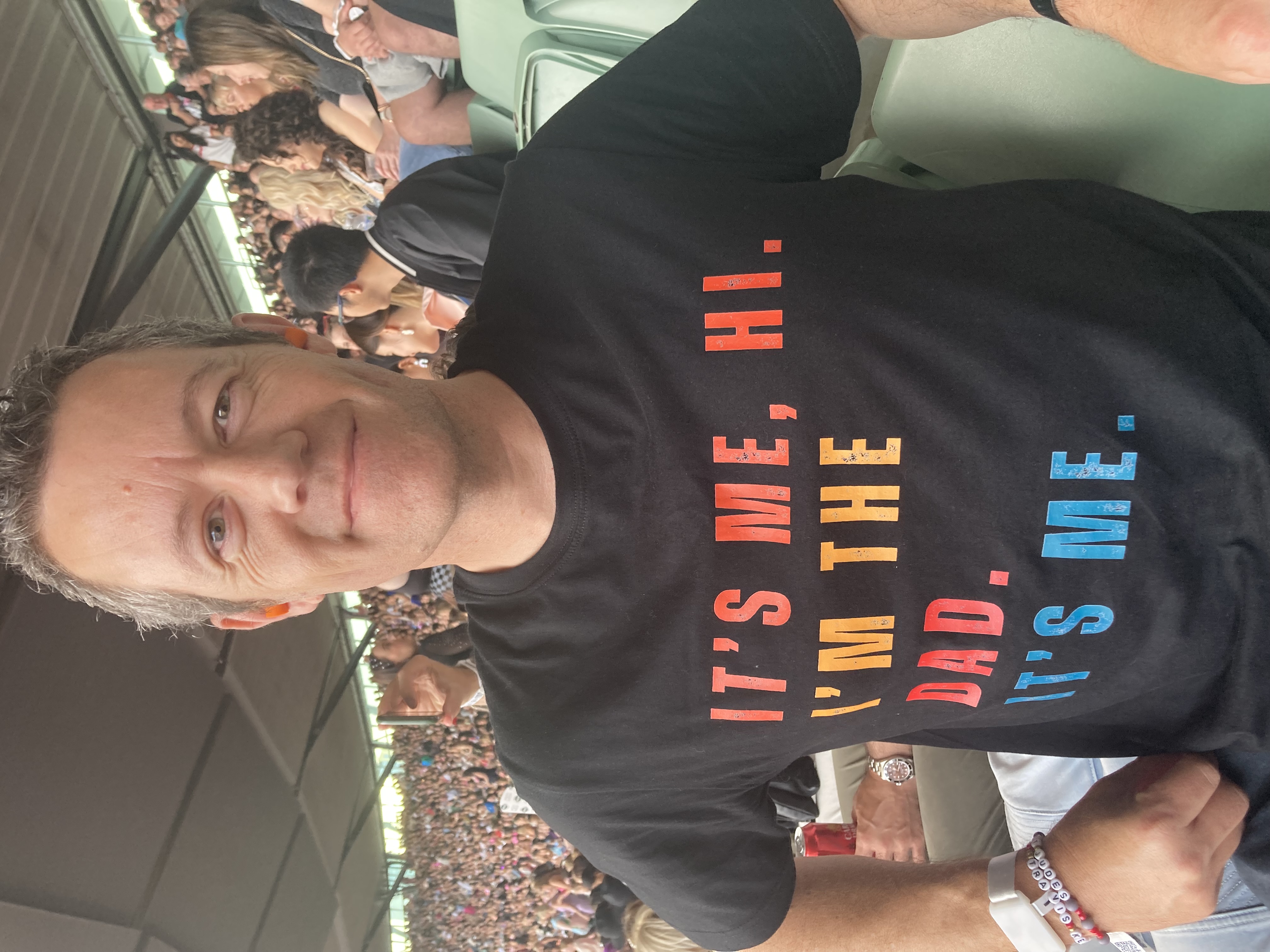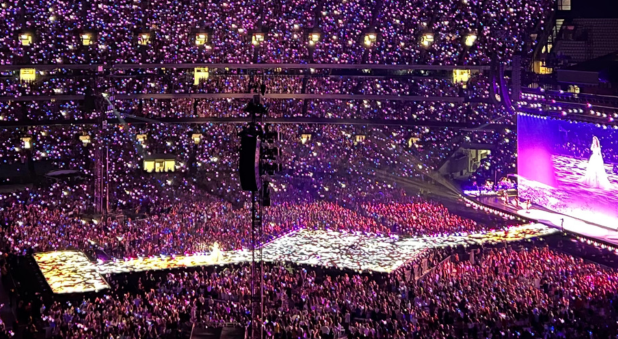Celebrities are our modern-day prophets. They tell us how to live, what to wear – even what to eat. And whether you’re a lover or a hater, there’s no denying that, in 2024, Taylor Swift seems like the ultimate untouchable celebrity; a cultural meteor with a private jet and a Super Bowl-winning football star boyfriend.
Yet at the same time she seems incredibly down to earth and relatable with a song for almost every human experience, from love to grief to revenge to pure joy. Swift’s Australian leg of her Eras tour – this week at Accor Arena in Sydney and last week at the MCG in Melbourne – sold out in hours, as more than 4 million Australians attempted to buy tickets. To my surprise, I was one of the fortunate ones who managed to secure some, through one of the seven devices we had open the day tickets went on sale (there are teenagers in our house, okay?).
So, last Saturday I joined 96,000 other people at the MCG to be enchanted.
The performance was nothing short of remarkable as Swift took the entire stadium on a personal journey through the diverse musical chapters of her career. It was immediately clear that Swift was not there merely to perform for us, but with us. Which was just as well, given that from the opening to final song the audience sang so loud it was difficult to hear the actual artist at times. There was an almost liturgical shape to the performance with a predetermined song list and actions, learnt on Tik-Tok, allowing us all to be part of the experience as we were treated to 44 songs in 10 acts over 3½ hours with seamless costume changes, a stadium-wide light show, and relentless energy and enthusiasm.

At times she performed alone, playing guitar or piano, while at other times it was a full production with elaborate props, dancers and visuals.
Yet somehow, whatever the song, Swift managed to make a personal connection with 96,000 people at once, emotionally connecting with people’s desire for both the transcendent and the immanent through her music. She is at once the global megastar and the girl next door.
She is at once the global megastar and the girl next door.
When I asked several “Swifties” why they loved Taylor Swift so much (and it was love), the common answer was “She is authentic”, or “She gets me”. To be truly seen and understood by someone transcendent is deeply attractive. While Swift’s genius lies in her ability to connect with our longings, she is ultimately unable to offer any solutions to our longings and pain. In the chorus of “Anti Hero” she sings, "It's me, hi/ I'm the problem, it's me” cautioning her listeners to not look to heroes (like her) as their saviour, while the second verse discusses how her fame hinders her from having real, meaningful connections.
This, of course, reminds us of the beauty of the gospel, which declares to the world that in Jesus we have the ultimate transcendent and immanent one who is our Saviour, as Paul writes in Colossians 2:9: “For in Christ all the fullness of the Deity lives in bodily form”. Although we would agree with Swift’s song that we’re the “problem”, Jesus’ death and resurrection is the definitive true love story.
As I travelled home among the thousands of joyful Swifties, swapping friendship bracelets (yes, this did happen to me, although my friendship bracelets included info about our church rather than song titles!) it prompted me to reflect on the even greater event promised to us in Revelation 7:9-10:
“After this I looked, and there before me was a great multitude that no one could count, from every nation, tribe, people and language, standing before the throne and before the Lamb. They were wearing white robes and were holding palm branches in their hands. And they cried out in a loud voice: ‘Salvation belongs to our God, who sits on the throne, and to the Lamb’.”
The Rev John Forsyth is rector of St Jude’s, Carlton in Melbourne.






























